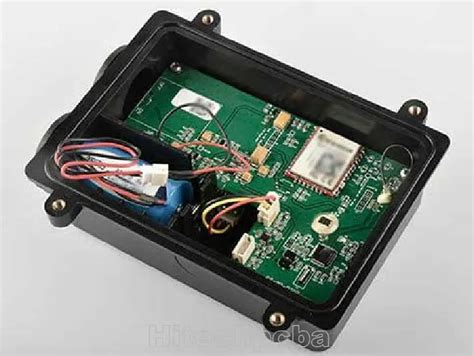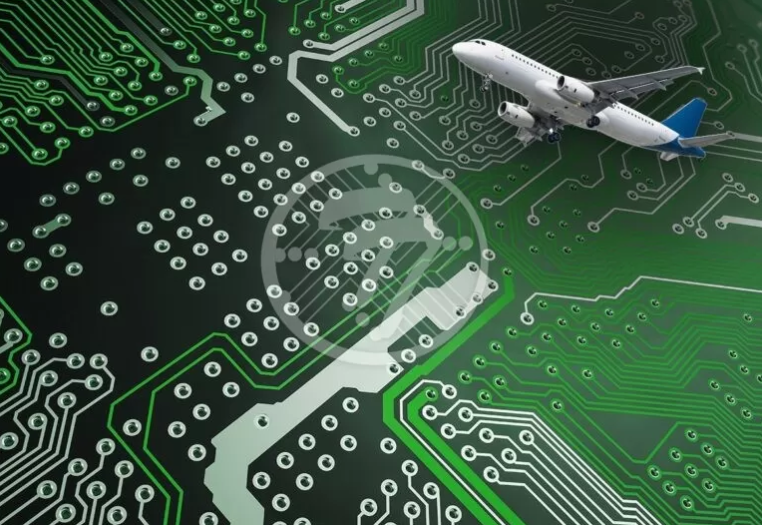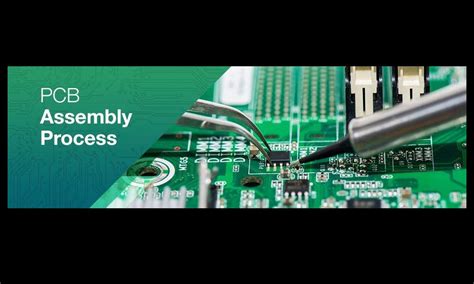Innovative Approaches to Custom Circuit Board Assembly Techniques
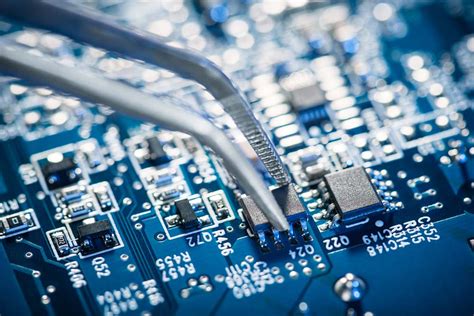
Key Takeaways
In exploring the realm of custom circuit board assembly (pcb assembly), several key takeaways emerge that can significantly impact production efficiency and adaptability. First, the integration of innovative techniques plays a pivotal role in enhancing the pcba process. Utilizing advanced automation technologies not only streamlines the assembly process but also reduces the likelihood of human error, subsequently improving overall product quality. A notable strategy within the industry involves the use of modular assembly systems, which allow for flexibility in adapting to different design requirements and scaling production as needed.
Moreover, adopting quality control measures is critical; continuous monitoring throughout the pcb assembly process ensures that any deviations are swiftly addressed. This proactive approach minimizes waste and enhances durability in end-use applications, making it an attractive method for manufacturers. Furthermore, emerging materials designed to withstand harsher environmental conditions mean a broader range of applications for custom circuit boards.
“Innovation is the ability to see change as an opportunity—not a threat.” – Anonymous
As companies look towards future trends in circuit board assembly, embracing these techniques will be essential for remaining competitive. With rapid advancements in technology and growing customer demands for quality customization, businesses that implement these approaches may find increased market resilience and client satisfaction.
| Technique | Advantages | Considerations |
|---|---|---|
| Automation | Increases speed, reduces errors | High initial investment cost |
| Modular systems | Flexibility in design | Requires skilled operators |
| Advanced materials | Enhanced durability | May present sourcing challenges |
Understanding these facets of custom circuit board assembly facilitates better decision-making in production environments, paving the way for innovative practices that align with market needs.
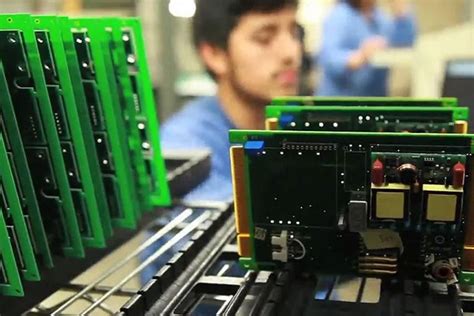
Introduction to Custom Circuit Board Assembly
The realm of custom circuit board assembly (PCB assembly or PCBA) has seen significant advancements driven by technological innovations and market demands. As electronic devices become more sophisticated, the need for superior pcb assembly techniques has surged. The core of this evolution lies in the integration of advanced methods that not only improve production efficiency but also elevate the overall quality of electronic products. Key considerations in modern pcb assembly include the careful selection of materials and the deployment of automation technologies that streamline processes. By leveraging innovative approaches, manufacturers can ensure greater adaptability to varying production requirements, facilitating a more agile response to industry trends. Additionally, advancements in pcba technology emphasize precision and reliability, which are paramount for the functionality of today’s complex electronic systems. As we explore further into this topic, we will uncover various strategies and case studies that exemplify successful implementation of new techniques within the custom circuit board assembly landscape.
The Evolution of Circuit Board Assembly Techniques
The realm of pcb assembly has undergone significant transformation over the years, transitioning from manual methods to more advanced, automated processes. In the early stages, circuit board assembly was predominantly a labor-intensive operation, wherein skilled technicians meticulously placed components onto the boards by hand. This traditional approach, while reliable, was characterized by slower production speeds and a higher probability of human error. As technology advanced, various innovations were introduced to enhance the pcba process. The integration of machines for soldering and component placement marked a pivotal shift in the assembly landscape. Today, techniques such as surface mount technology (SMT) have revolutionized custom circuit board assembly, allowing for denser component placement and increased efficiency. Furthermore, notable advancements in automation, such as robotic arms and flexible production lines, have drastically reduced lead times while improving quality control measures. Thus, from its early days to the present state-of-the-art operations, the evolution of circuit board assembly techniques reflects a continuous pursuit of efficiency and precision in meeting the demands of an ever-evolving electronics market.
Innovative Materials in Circuit Board Production
In recent years, the landscape of pcb assembly has undergone significant transformation, driven largely by the introduction of innovative materials. These materials not only enhance the performance and reliability of circuit boards but also contribute to the overall efficiency of the pcba process. Among these advancements, materials such as high-frequency laminates and flexible substrates have gained prominence. High-frequency laminates are crucial for applications involving radio frequency (RF) and microwave signals, ensuring minimal loss and high signal integrity. Similarly, flexible substrates allow for the creation of lightweight and adaptable designs, which can be vital in compact electronic devices where space is a premium.
Moreover, the use of lead-free soldering materials is another notable trend aimed at improving environmental sustainability in electronics manufacturing. These materials not only meet regulatory standards but also enhance joint reliability under thermal stress. Incorporating innovative epoxy resins can further boost thermal stability and impact resistance, making them ideal for a range of applications from consumer electronics to industrial devices.
By focusing on these cutting-edge materials, manufacturers can improve their pcb assembly strategies significantly, aligning production methods with evolving industry standards and customer demands. The strategic integration of these innovative materials not only elevates production quality but also supports the adaptability needed in today’s fast-paced technological landscape. As we continue to explore these novel approaches, it becomes increasingly essential for manufacturers to stay updated on material advancements to maintain their competitive edge in the market.
Automation in Custom Circuit Board Assembly
The incorporation of automation in custom circuit board assembly (PCB assembly) has revolutionized the electronics manufacturing landscape. By leveraging advanced technologies such as robotics and artificial intelligence, manufacturers can significantly enhance the efficiency and precision of the pcba process. Automated systems facilitate faster production times, allowing for larger volumes of circuit boards to be assembled without sacrificing quality. Furthermore, automation minimizes human error during the assembly process, leading to improved consistency in soldering and component placement. Integration of specialized software that monitors and controls assembly lines in real-time ensures that any deviations are swiftly corrected, maintaining high-quality standards. This shift towards automation not only boosts productivity but also allows for better adaptability to varying production requirements, catering to diverse customer needs across different sectors. As a result, organizations adopting such innovative practices are gaining a competitive edge in the ever-evolving market of electronic applications. The continued evolution of automation technologies promises to further enhance the custom circuit board assembly landscape, driving advancements in quality and efficiency that were previously unattainable.
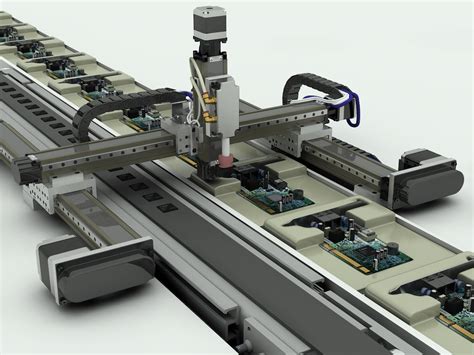
Quality Control Measures for Enhanced Production
In the realm of pcb assembly, implementing robust quality control measures is crucial to ensure the consistency and reliability of the final product. The adoption of systematic strategies during the pcba process can significantly reduce defects and enhance overall performance. One innovative approach includes automated inspection systems, which utilize advanced imaging technologies to identify minute errors in real time. This method not only streamlines the inspection process but also provides immediate feedback, allowing for swift corrections to be made before further production progresses. Moreover, integrating a Six Sigma based methodology can assist organizations in achieving higher quality standards by systematically identifying and eliminating causes of variability in manufacturing processes. These enhancements, along with regular training and development programs for employees on best practices, contribute greatly to maintaining high-quality outputs in custom circuit board assembly. Emphasizing a culture of continuous improvement ensures that quality remains at the forefront of production, ultimately leading to superior product performance and increased customer satisfaction in various electronic applications.
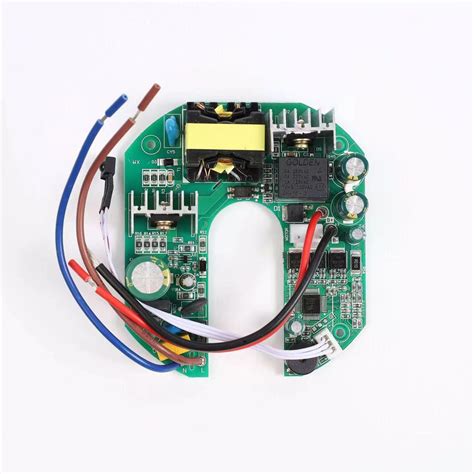
Adapting to Industry Needs: Customization Strategies
In the ever-evolving landscape of electronics, pcb assembly processes must be flexible and responsive to diverse industry demands. Customization strategies play a pivotal role in achieving this adaptability, where manufacturers harness advanced methodologies to tailor their pcba solutions. By implementing a modular approach, companies can efficiently modify designs and workflows to meet specific client requirements, allowing for rapid prototyping and short-run production without compromising quality. The integration of innovative technologies, such as reconfigurable assembly lines and smart manufacturing systems, enables manufacturers to streamline operations while maintaining high standards of accuracy and reliability. Furthermore, emphasizing quality control measures ensures that each assembly adheres to industry standards, ultimately enhancing customer satisfaction. As the market continues to shift toward greater specialization, embracing these customization strategies will empower companies in the custom circuit board assembly sector to not only meet the current demands but also anticipate future trends effectively.
Case Studies: Successful Implementations of New Techniques
This section delves into various real-world examples that underscore the effectiveness of innovative pcb assembly techniques. For instance, a leading electronics manufacturer recently adopted advanced pcba processes that utilize state-of-the-art automated inspection systems. These systems have significantly reduced error rates, leading to higher product quality and a reduction in wasted materials. In another case, a startup focused on smart home devices implemented agile manufacturing principles into their custom circuit board assembly line. By leveraging modular design and flexible production capabilities, they enabled rapid prototyping and quicker turnaround times, allowing them to respond promptly to evolving market demands. These case studies illustrate not only the practical advantages of new methodologies in circuit board assembly, but also highlight how adapting to technological advances can lead to substantial improvements in efficiency and customer satisfaction. As these examples show, successful implementation of innovative techniques fosters a competitive edge and contributes to the overall evolution of the pcb assembly landscape.
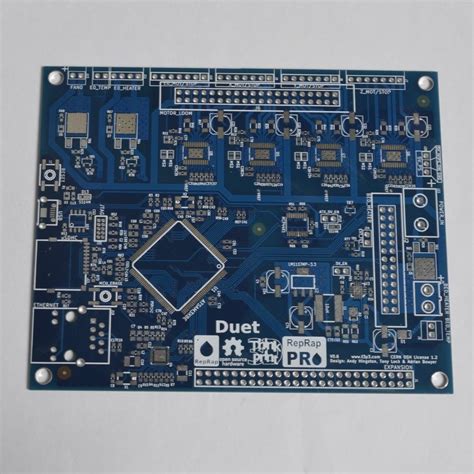
Future Trends in Circuit Board Assembly Practices
As technology continues to advance, the landscape of pcb assembly is also evolving rapidly. One of the most significant trends is the increasing reliance on automation, which streamlines various processes and enhances overall efficiency in pcba. Automation not only reduces labor costs but also minimizes the potential for human error, leading to a more consistent and high-quality output. Additionally, there is a growing emphasis on flexibility in production practices to adapt to diverse market demands. Manufacturers are exploring modular systems that allow for easy reconfiguration of assembly lines, enabling them to switch between different product variants without significant downtime.
Furthermore, innovative materials are playing a pivotal role in shaping future circuit board assembly practices. For example, the introduction of advanced substrates that provide improved thermal management and electrical performance is becoming more common. These materials support the development of compact and more efficient designs necessary for modern electronics. Sustainability is also a key focus; companies are increasingly adopting eco-friendly materials and processes to meet regulatory requirements and customer expectations. As we look toward the future, these trends indicate a shift towards highly automated, efficient, and sustainable pcba practices that cater to the dynamic demands of the electronics industry.
Conclusion
In summary, the landscape of custom circuit board assembly (PCB assembly) continues to evolve, driven by technological advancements and the ever-changing demands of various industries. The integration of innovative techniques not only improves the efficiency of PCBA processes but also greatly enhances product quality and adaptability. As manufacturers increasingly adopt automation and sophisticated materials, the potential for customization rises sharply, allowing for tailored solutions that meet specific needs. This adaptability is crucial in staying competitive in a market that emphasizes rapid development and innovation. Therefore, those involved in PCB assembly must remain vigilant, consistently exploring new methodologies that can yield significant benefits in production timelines, cost-efficiency, and overall performance of electronic devices. Looking ahead, it is clear that ongoing research and innovation will play a pivotal role in shaping future practices around circuit board assembly, ensuring that industries can keep pace with technological advancements while delivering high-quality products to consumers.
FAQs
What is custom circuit board assembly (PCBA)?
Custom circuit board assembly, commonly referred to as PCBA, involves the manufacturing of electronic circuits on printed circuit boards (PCBs) tailored to specific requirements. This process includes component placement, soldering, and final assembly to create a functioning electronic product.
What are the benefits of innovative techniques in PCB assembly?
Innovative techniques in pcb assembly enhance efficiency, improve accuracy, and reduce production time. By employing cutting-edge technologies such as automation and advanced materials, manufacturers can produce higher quality assemblies that meet the diverse needs of modern electronic applications.
How does automation impact custom circuit board assembly?
Automation streamlines the pcb assembly process by minimizing human error and increasing production speed. Advanced machinery can handle repetitive tasks more consistently than manual labor, leading to greater overall productivity and cost savings for manufacturers.
What role do quality control measures play in PCB assembly?
Quality control measures are critical in ensuring that each PCBA meets strict industry standards. Techniques such as visual inspections, automated testing systems, and performance evaluations are implemented throughout the assembly process to maintain high levels of quality across all products.
How can companies adapt their PCB assembly processes to meet industry needs?
Companies can adopt customization strategies by incorporating flexible design practices and modular components into their pcb assembly processes. This adaptability allows them to quickly respond to changing market demands while still delivering high-quality products tailored to their customers’ specifications.


